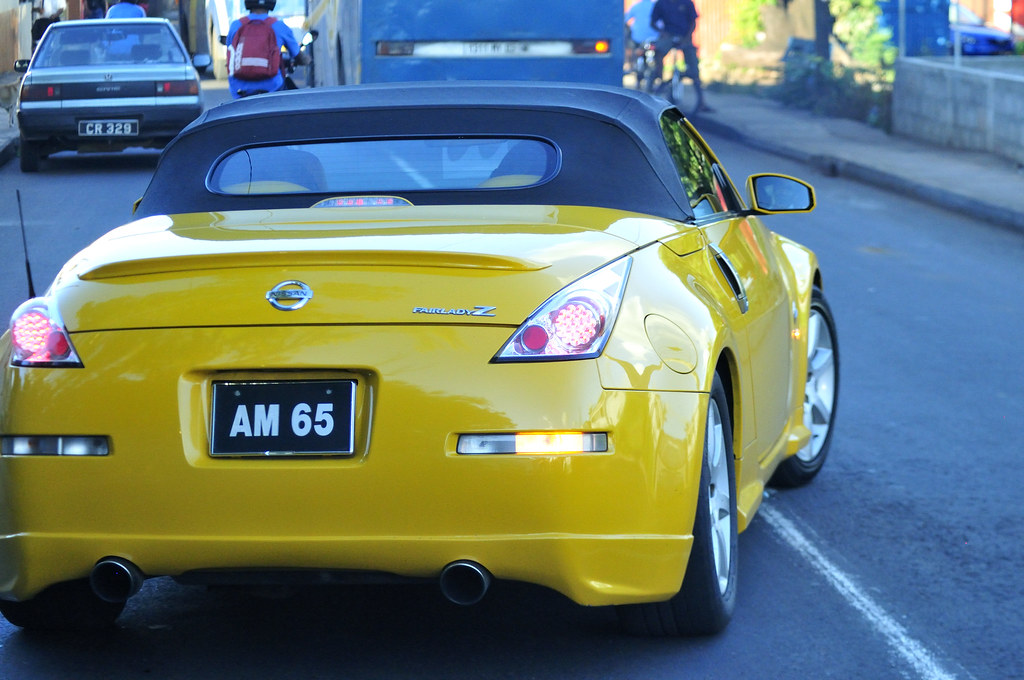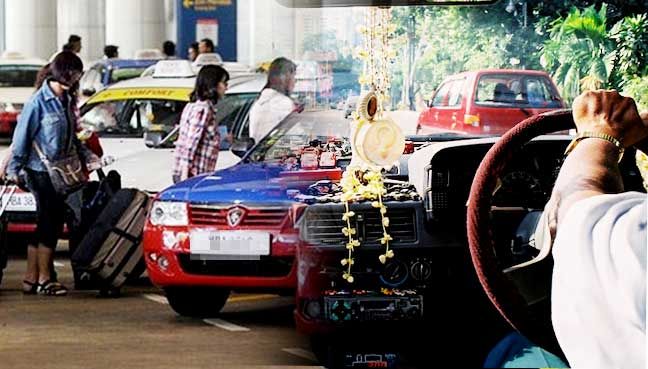
When shopping for a new car, the allure of sleek designs, advanced features, and powerful engines can often overshadow one of the most critical aspects of vehicle ownership: long-term reliability. It’s a fundamental truth that a car, no matter how appealing on the showroom floor, can quickly become a significant financial drain if it’s constantly in the shop. Ignoring the crucial element of reliability can lead to frequent breakdowns and unexpectedly high maintenance costs, potentially doubling the trouble and expense for owners compared to the average vehicle.
In an increasingly complex automotive market, brand reputation, once a steadfast guide for shoppers, is undergoing a substantial shift. Some names that were once synonymous with dependability are now facing a surge in customer dissatisfaction, particularly concerning maintenance complaints. As consumers, it is more important than ever to look beyond initial impressions and marketing hype to understand the true cost of ownership. This in-depth analysis is designed to equip you with the knowledge needed to make informed purchasing decisions, safeguarding your budget and your peace of mind.
We delve into the realities of modern car ownership by exploring car brands that have unfortunately become notorious for their reliability issues and steep repair bills. Our goal is to highlight common pitfalls and guide you on how to navigate the complex landscape of car purchases. By providing clear, actionable insights grounded in reported problems, we aim to help you steer clear of vehicles that could become financial black holes, ensuring your next automotive investment is a sound one.

1. **Kia: Battling Legacy Engine Issues**Kia has undeniably made significant strides in design and market appeal over the years, transforming its image to become a more competitive player in the automotive industry. Despite these improvements and a generally enhanced reputation, the brand continues to contend with lingering legacy issues, particularly regarding engine reliability. This ongoing challenge can be a substantial concern for potential buyers looking for a dependable vehicle.
Reports frequently highlight problems such as engine stalling, a concerning loss of power, and, in some more severe instances, catastrophic engine failures. These issues are not isolated incidents but have been particularly noted in popular models like the Sportage and Sorento. For an owner, experiencing such critical engine problems can be incredibly disruptive, not to mention expensive, impacting both daily commutes and long-term financial planning.
The root causes of these engine troubles are often linked to specific manufacturing defects. For example, improper heat treatment of crankshaft bearings has been cited as a significant factor in some of these failures. Such defects indicate that while Kia’s advancements are visible, there are still underlying production quality challenges that can manifest as serious reliability concerns for consumers. Understanding these specific points of failure is crucial for anyone considering a Kia vehicle.
Moreover, the frequency of these issues underscores the importance of thorough pre-purchase research. While a vehicle might offer attractive features and a competitive price point upfront, the potential for high-cost engine repairs down the line can quickly negate any initial savings. Buyers must weigh the benefits against the documented risks associated with these particular reliability challenges when making their final decision.
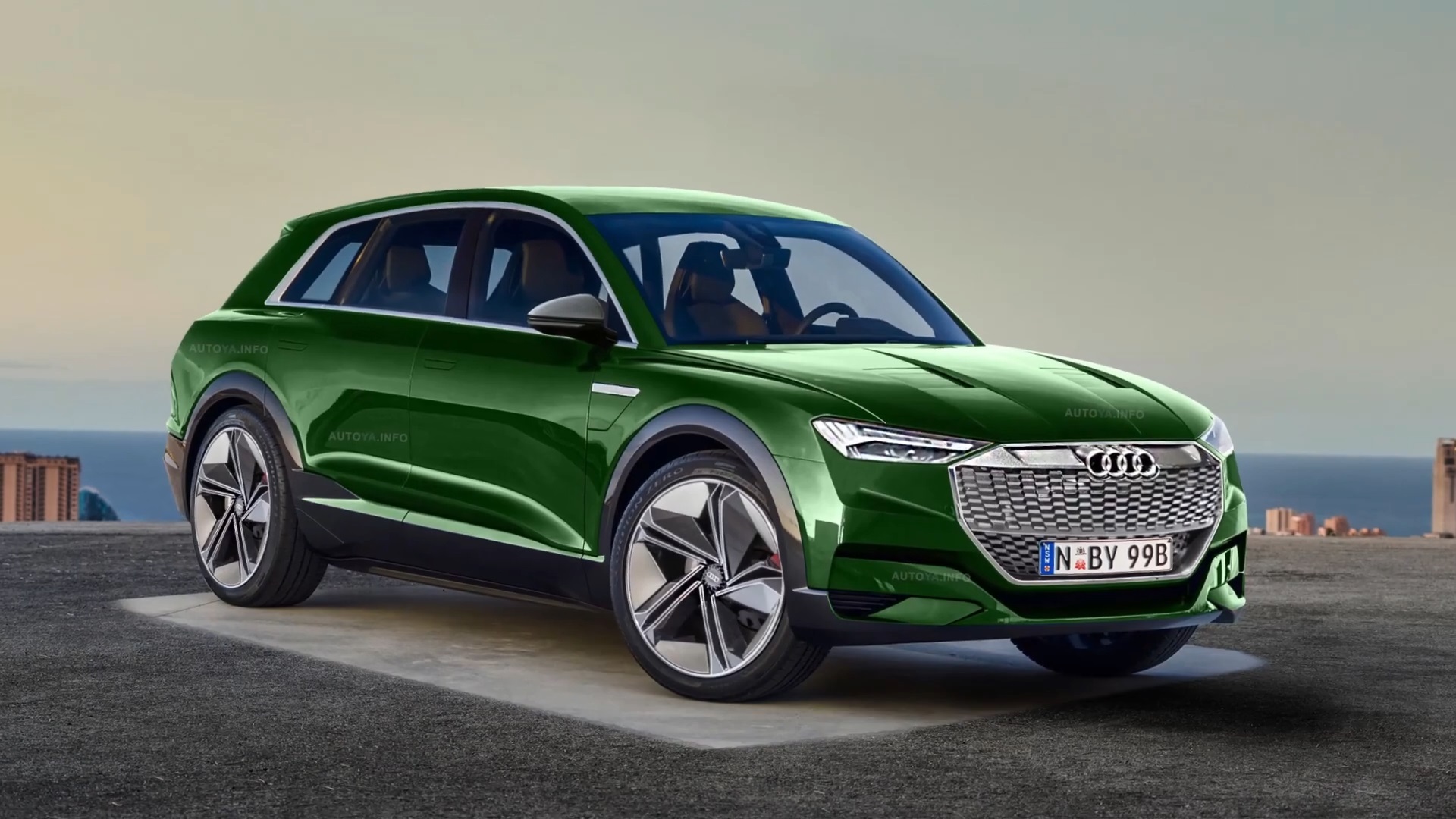
2. **Audi: The Cost of Advanced Technology**Audi vehicles are celebrated globally for their sophisticated advanced technology, cutting-edge engineering precision, and luxurious driving experience. These qualities contribute significantly to their premium market position and appeal. However, it is precisely these intricate and high-tech characteristics that can lead to inherent complexities when it comes to vehicle maintenance and long-term reliability.
Common reliability concerns for Audi often center around critical engine components. Issues with the timing chains, for instance, are a frequently reported problem. If these timing chain issues are not identified and addressed promptly, they can escalate into severe engine problems, potentially leading to catastrophic damage and exceptionally costly repairs. This complexity demands diligent maintenance and attentive monitoring from owners.
Beyond mechanical concerns, Audi vehicles are also susceptible to a range of electrical complexities. These can manifest in various ways, affecting everything from the digital dashboard displays, which are central to the modern driving experience, to the vehicle’s sophisticated lighting systems. Such electrical glitches can be difficult to diagnose and expensive to fix, adding to the overall cost of ownership and creating unexpected inconveniences.
The integration of so much advanced technology, while enhancing the driving experience, also introduces more points of potential failure. For consumers, this translates into a higher likelihood of needing specialized repairs that often require highly skilled technicians and expensive proprietary parts. This combination makes Audi ownership potentially more costly and demanding in terms of maintenance compared to simpler vehicle designs.
Read more about: These Iconic Movie Cars Drove Straight from the Silver Screen into Collector Garages (and Our Hearts!)

3. **Land Rover: Rugged Design, Delicate Components**Land Rover vehicles are renowned for their robust design and exceptional performance capabilities, particularly in challenging rough terrains. This engineering focus equips them for adventure and demanding conditions, which is a major draw for many buyers. However, this very emphasis on durability and off-road prowess often places an extraordinary strain on the vehicle’s internal components, leading to specific reliability challenges.
One of the most frequently cited problems for Land Rover owners involves air suspension failures. These issues can be particularly severe, sometimes rendering the car undrivable in its default setting. Given the sophisticated nature and vital role of the air suspension system in both ride comfort and off-road capability, such failures are not only inconvenient but also entail substantial repair costs.
Furthermore, Land Rover vehicles often encounter issues with other critical components, notably head gaskets and differentials. These parts are integral to the engine’s function and the vehicle’s drivetrain, respectively. Problems in these areas are known to be expensive to repair, often requiring extensive labor and specialized parts. The robust demands placed on these components in various driving conditions contribute to their increased wear and tear.
The combination of intricate systems designed for high performance and the rigorous environments these vehicles are often driven in results in a higher propensity for costly maintenance. For potential owners, it’s vital to understand that the adventurous spirit of a Land Rover comes with the expectation of higher upkeep and potential for significant repair expenditures, making pre-purchase reliability research paramount.

4. **Mini: Big Problems in a Small Package**Mini cars are celebrated for their distinctive compact design, agile handling, and unique style, which have garnered a dedicated fan base globally. Yet, beneath their charming exterior and spirited performance, certain Mini models, particularly older ones, have been associated with a range of persistent mechanical issues. These can significantly impact owner satisfaction and long-term reliability.
Among the most commonly reported problems for Mini vehicles is transmission failure, which appears to be especially prevalent in automatic models. A failing transmission can be one of the most expensive and frustrating issues an owner can face, often requiring extensive repair or even a complete replacement. This particular vulnerability can turn the joy of driving a Mini into a significant financial burden.
Beyond the transmission, Mini’s cooling systems are also a notorious weak point. Owners frequently report issues such as leaks and a propensity for overheating. These cooling system malfunctions, if not closely monitored and promptly addressed, can lead to severe engine damage, escalating what might initially seem like a minor leak into a major repair bill. The compact engine bay can sometimes make these issues more challenging to access and fix.
Given these documented concerns, prospective Mini buyers should exercise caution and conduct thorough inspections, particularly of older models. While the brand offers an undeniable appeal in terms of aesthetics and driving dynamics, the potential for costly transmission and cooling system repairs means that the total cost of ownership could be higher than anticipated for many. It’s a reminder that even stylish, fun-to-drive cars require careful consideration of their long-term maintenance needs.

5. **Chevrolet: Mixed Reliability Across the Lineup**Chevrolet, a pillar of American automotive manufacturing, offers a broad spectrum of vehicles, from compact cars to robust trucks and large SUVs. While many of its models serve as reliable workhorses for countless drivers, the brand has unfortunately faced a notable share of reliability issues across specific parts of its lineup, leading to concern among consumers.
Certain models, such as the Chevrolet Cruze, have been particularly plagued by recurring problems. Owners have frequently reported issues with coolant leaks and head gasket failures, which can be both disruptive and costly to repair. These engine-related issues indicate underlying manufacturing or design weaknesses that can surface even in otherwise popular vehicles.
Furthermore, Chevrolet’s larger vehicles, including its trucks and sizable SUVs, have not been immune to reliability concerns. These models have encountered issues predominantly with transmission and power steering failures. Given the heavy-duty nature and typical usage of these vehicles, such failures can pose significant safety risks and result in substantial repair expenses, impacting owners who rely on these vehicles for work or family transport.
The diverse range of issues across different vehicle types highlights a varied reliability record for Chevrolet. For potential buyers, this means that a blanket assumption of dependability across the brand might be misleading. Diligent research into specific models and their reported common issues is crucial to avoid unexpected maintenance headaches and ensure a satisfying ownership experience with a Chevrolet.

6. **Nissan: CVT Troubles Tarnish Reputation**Nissan has long been a mainstream choice for many car buyers, offering a range of practical and affordable vehicles. However, the brand’s reputation has taken a significant hit in recent years, largely due to widespread and well-documented issues with its Continuously Variable Transmissions (CVTs). These unique transmissions, intended to improve fuel efficiency, have instead become a major source of reliability complaints.
Drivers of numerous Nissan models, including the popular Altima, Sentra, and Rogue, have frequently reported experiencing problems with their CVTs. These issues range from unsettling jerking and slipping during acceleration to, in the most severe cases, total transmission failure. Such performance problems not only diminish the driving experience but also represent a significant and often premature failure of a critical component.
Despite efforts by Nissan, including several warranty extensions on affected models, many owners continue to report poor performance and face the burden of costly fixes. Car maintenance complaints specifically related to these CVTs remain one of the most widely discussed and frustrating topics among Nissan drivers. This persistent problem has undeniably eroded consumer trust and satisfaction.
In addition to the pervasive CVT issues, some Nissan models have also experienced problems with failing camshaft and crankshaft sensors. These sensor malfunctions can cause erratic engine behavior, including unexpected engine shutdowns, further compromising vehicle reliability and safety. The combination of transmission and sensor problems makes careful consideration essential for anyone looking at a Nissan, as the long-term maintenance outlook can be challenging.
Read more about: Buyer Beware: 15 Popular Cars That Seriously Disappointed Owners, According to Driver Regrets and Reliability Data

7. **Chrysler: Plagued by Transmission and Electrical Glitches**Chrysler, an established name in the American automotive landscape, has unfortunately been consistently associated with lower reliability scores when compared to many of its competitors. This trend can be attributed to a persistent pattern of significant mechanical and electrical issues that have affected several of its key models, leading to frustration among vehicle owners.
One of the primary sources of Chrysler’s reliability woes lies in its transmissions. Models such as the 200 and Pacifica have been particularly problematic, with owners frequently reporting unexpected shifting behaviors and, in numerous instances, complete transmission failures. These issues can occur without warning, significantly impacting vehicle safety and requiring expensive, complex repairs that often leave owners without their vehicles for extended periods.
Beyond transmission issues, electrical problems have also heavily plagued various Chrysler models. Faulty ignition switches and failing power modules are commonly reported electrical concerns. These electrical glitches can manifest in diverse ways, from minor inconveniences like malfunctioning accessories to more serious operational failures, compromising the overall functionality and dependability of the vehicle.
The cumulative effect of these transmission and electrical issues contributes significantly to Chrysler’s lower reliability standing. For prospective buyers, it is crucial to recognize that the brand’s offerings, while potentially appealing in other aspects, may come with a higher risk of unexpected mechanical and electrical failures. This necessitates a thorough evaluation of reliability reports and the potential for substantial maintenance costs before committing to a purchase.

8. **Hyundai: Echoing Engine Woes**Hyundai, a brand known for value and modern design, unfortunately shares a significant reliability concern with its corporate cousin, Kia: persistent engine issues. Many models have reportedly experienced severe problems, including engine seizing and outright failure. These critical malfunctions are often attributed to specific manufacturing issues, such as “metal debris left during manufacturing.”
Such defects can lead to premature wear on vital engine components, eventually causing complete operational failure. For unsuspecting owners, this translates into unexpected and substantial repair bills, often occurring much earlier than anticipated. Beyond mechanical failures, Hyundai vehicles have also faced various electrical issues, with “failing powertrains and stalling” noted in models like the Sonata and Elantra.
These patterns of engine and electrical problems highlight a crucial point for potential Hyundai buyers. While initial purchase costs might seem attractive, the hidden expenses associated with potential major repairs can quickly offset any savings. Diligent research into specific model years and their documented reliability concerns is essential to avoid unexpected financial burdens down the road.
Read more about: Buyer’s Remorse Hits Hard: 15 Cars Drivers Regretted Purchasing According to Latest Survey Findings
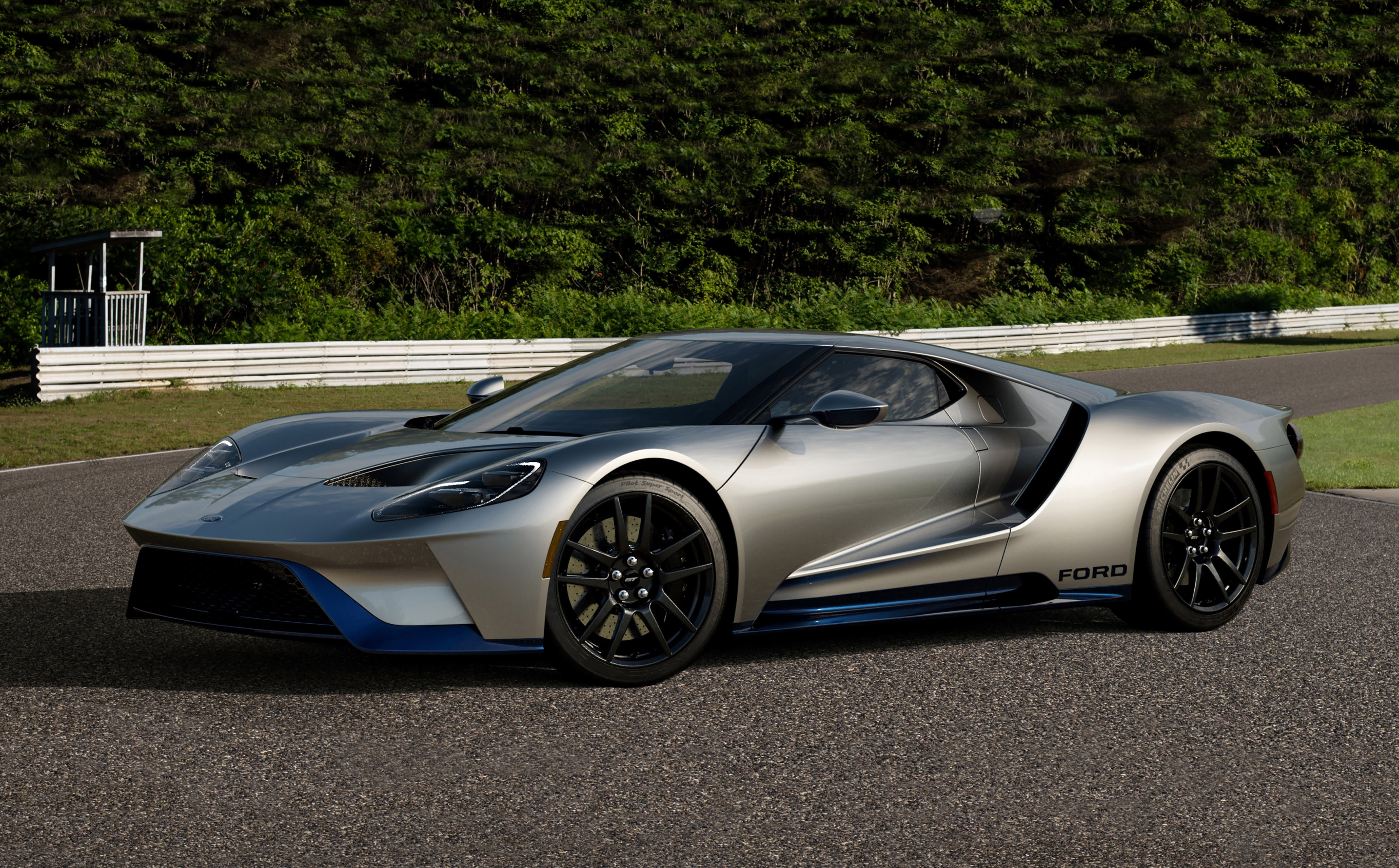
9. **Ford: Transmission Troubles and Beyond**Ford, a cornerstone of American automotive manufacturing, has encountered notable reliability hurdles, particularly concerning its transmission systems. The notorious PowerShift transmission, found in popular models like the Focus and Fiesta, has been a significant source of contention. These transmissions have been the subject of class-action lawsuits due to “defective transmission components leading to shuddering and difficult shifting.”
This persistent issue has generated widespread “maintenance-related complaints.” Owners frequently report not just unsettling shuddering, but also more severe problems like “premature failure.” Adding to these woes, some of Ford’s “newer models aren’t immune, with some owners reporting electrical glitches and engine stalling,” suggesting broader concerns beyond the well-known transmission problems.
The challenges extend further to engine issues, with those involving the EcoBoost line reportedly leading to “recalls and customer dissatisfaction.” For buyers considering a Ford, it’s vital to look beyond brand loyalty and examine specific model reliability reports. The potential for costly transmission overhauls, engine-related repairs, and frustrating electrical glitches can make ownership more expensive and less reliable than many might expect.
Car Model Information: 2017 Ford Focus ST Base
Name: Ford Focus
Caption: 2018 Ford Focus ST-Line X
Manufacturer: Ford Motor Company
Production: 1998–2025
Class: Small family car
BodyStyle: hatchback
Layout: Front-engine, front-wheel drive,Front-engine, four-wheel-drive
Predecessor: Ford Escort (Europe)
ModelYears: 2000–2018 (North America)
Categories: 2000s cars, 2010s cars, 2020s cars, All articles with specifically marked weasel-worded phrases, All articles with unsourced statements
Summary: The Ford Focus is a compact car (C-segment in Europe) manufactured by the Ford Motor Company from 1998 until 2025. It was created under Alexander Trotman’s Ford 2000 plan, which aimed to globalize model development and sell one compact vehicle worldwide. The original Focus was primarily designed by Ford of Europe’s German and British teams. Production of the fourth generation Focus began in 2018 in Germany and China. In 2025, Ford announced that the Focus will no longer be built, in line with an announcement made in 2022.
Get more information about: Ford Focus
Buying a high-performing used car >>>
Brand: Ford Model: Focus
Price: $15,985 Mileage: 97,277 mi.

10. **Jaguar: Luxury with Electronic and Engine Vulnerabilities**Jaguar vehicles embody luxury and performance, offering a premium driving experience. However, beneath the elegant exterior, owners frequently encounter “electronic system failures” that can diminish this appeal. These issues are not just minor inconveniences; they can “affect everything from the infotainment system to the vehicle’s safety features,” compromising both driver enjoyment and essential operational aspects.
The complexity of modern Jaguar electronics means diagnosing and resolving these issues often requires specialized expertise, proving both time-consuming and expensive. Adding to these electronic woes are recurring “engine cooling issues” that have plagued several models. These problems can lead to “overheating and potential engine failure” if not promptly identified and addressed.
Prospective Jaguar owners should be prepared for the possibility of these complex and costly repairs. The brand’s focus on advanced features and powerful engines, while delivering a thrilling drive, also introduces more points of potential failure. Comprehensive extended warranties and a clear understanding of potential maintenance costs are crucial considerations for anyone drawn to the prestige of a Jaguar.

11. **Dodge: Performance with a Reliability Catch**Dodge vehicles are celebrated for their bold styling, robust engines, and powerful performance, appealing to drivers prioritizing speed and muscle. Yet, this emphasis on raw power sometimes comes at the expense of consistent long-term reliability. Owners of popular models like the Charger and Journey have “seen frequent issues with their transmissions and electronics.”
Specifically, issues with “gear shifts and engine performance due to faulty sensors and software glitches” have been reported. The “Charger and Durango,” in particular, “frequently show up on maintenance complaint lists due to engine misfires, brake problems, and suspension issues.” While “repair costs may not always be sky-high” for individual incidents, the “frequency of issues adds up fast,” leading to significant overall ownership costs.
For those considering a Dodge, it’s important to balance the allure of high performance with a realistic understanding of potential maintenance demands. The brand’s powerful appeal often overshadows a documented history of reliability challenges that could lead to more frequent trips to the service center. Thoroughly researching specific model year complaints can help buyers prepare for the true cost of owning a performance-oriented Dodge.
Car Model Information: 2022 Dodge Charger R/T Scat Pack
Name: Dodge Charger
Caption: 1969 Dodge Charger
Manufacturer: Dodge
Production: 1966–1978,1981–1987,2005–present
ModelYears: 1966–1978,1982–1987,2006–present
Categories: 1960s cars, 1970s cars, 1980s cars, 2000s cars, 2010s cars
Summary: The Dodge Charger is a model of automobile marketed by Dodge in various forms over eight generations since 1966.
The first Charger was a show car in 1964. A 1965 Charger II concept car resembled the 1966 production version.
In the United States, the Charger nameplate has been used on mid-size cars, personal luxury coupes, subcompact hatchbacks, and full-size sedans.
Get more information about: Dodge Charger
Buying a high-performing used car >>>
Brand: Dodge Model: Charger
Price: $55,498 Mileage: 33,302 mi.
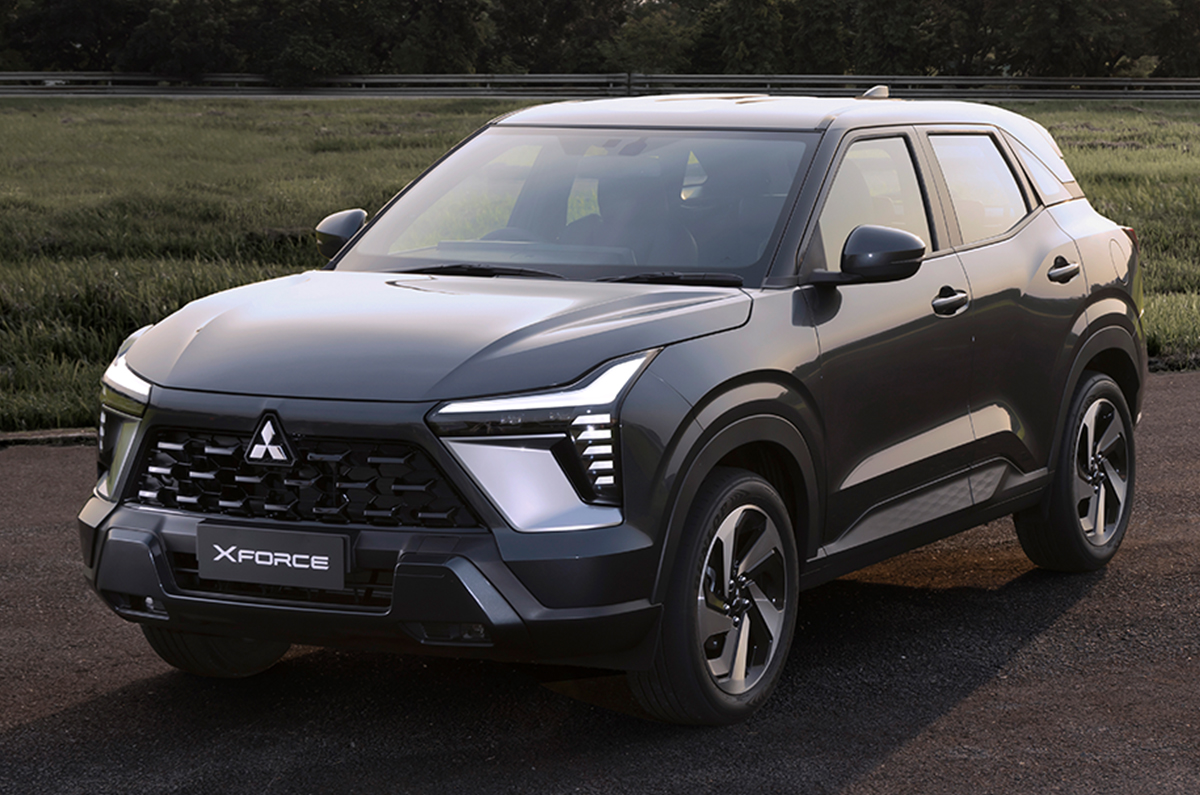
12. **Mitsubishi: Facing Longevity Challenges**Mitsubishi, a brand with a long automotive history, has faced specific reliability challenges, particularly concerning the longevity of its transmissions. The Outlander model, a popular choice, has been specifically mentioned for “issues with transmission longevity.” A transmission that fails prematurely can lead to exorbitant repair costs and render a vehicle unusable, significantly impacting owner satisfaction.
Beyond transmission concerns, Mitsubishi vehicles have also encountered “problems with build quality and electrical components.” These issues extend to critical parts such as “alternators and starter motors, which can fail prematurely.” Such failures directly impact the vehicle’s ability to start and operate, leading to inconvenient breakdowns and unexpected expenses.
The combination of these transmission and electrical component vulnerabilities points to an underlying inconsistency in manufacturing quality. While Mitsubishi might offer competitive pricing, the potential for costly component failures means the true cost of ownership could be substantially higher. Buyers should carefully evaluate these risks and prioritize long-term dependability when assessing the brand’s value proposition.
Car Model Information: 2023 Mitsubishi Outlander SE 2.5 S-AWC
Name: Mitsubishi Outlander
Caption: 2022 Mitsubishi Outlander SE
Manufacturer: Mitsubishi Motors
Aka: ubl
Production: 2001–present
Class: Mid-size crossover SUV
BodyStyle: Sport utility vehicle
Layout: ubl
Categories: 2010s cars, 2020s cars, All-wheel-drive vehicles, All articles containing potentially dated statements, All articles with dead external links
Summary: The Mitsubishi Outlander (Japanese: 三菱・アウトランダー, Hepburn: Mitsubishi Autorandā) is a mid-size crossover SUV manufactured by Japanese automaker Mitsubishi Motors since 2001. It was originally known as the Mitsubishi Airtrek (Japanese: 三菱・エアトレック, Hepburn: Mitsubishi Eatorekku) when it was introduced in Japan.
The original Airtrek name was chosen to “describe the vehicle’s ability to transport its passengers on adventure-packed journeys in a ‘free-as-a-bird’ manner”, and was “coined from Air and Trek to express the idea of footloose, adventure-filled motoring pleasure.” The Outlander nameplate which replaced it evoked a “feeling of journeying to distant, unexplored lands in search of adventure.”
The second generation of the vehicle was introduced in 2006 and all markets including Japan adopted the Outlander name, although production of the older version continued in parallel. It was built on the company’s GS platform, and used various engines developed by Mitsubishi, Volkswagen, and PSA Peugeot Citroën. PSA’s Citroën C-Crosser and Peugeot 4007, which were manufactured by Mitsubishi in Japan, are badge engineered versions of the second generation Outlander. Global sales achieved the 1.5 million unit milestone in October 2016, 15 years after its market launch.
As part of the third generation line-up, Mitsubishi launched in January 2013 a plug-in hybrid model called Outlander PHEV. As of January 2022, global sales totaled about 300,000 units.
The fourth-generation model was released in 2021 as a 2022 model. Following Mitsubishi’s entry to Renault–Nissan–Mitsubishi Alliance, the fourth-generation Outlander is based on the Rogue/X-Trail, which is built on the CMF-CD platform.
Get more information about: Mitsubishi Outlander
Buying a high-performing used car >>>
Brand: Mitsubishi Model: Outlander
Price: Not Priced Mileage: 32,728 mi.

13. **Volkswagen: Gearbox and Electrical Headaches**Volkswagen, known for German engineering, has nonetheless faced a series of reliability concerns, particularly around its sophisticated transmission and electrical systems. A prominent issue has been with the “direct-shift gearbox (DSG),” a technology designed for improved performance. However, owners have “reported unexpected gearbox malfunctions and failures,” which can be both jarring and expensive to resolve.
The complexities of the DSG system mean repairs often require specialized tools and expertise, contributing to higher labor costs. “Many of these problems arise outside of warranty coverage, resulting in high out-of-pocket expenses” for owners. In addition to transmission woes, Volkswagen vehicles have been plagued by “recurring problems in the electrical systems that affect the vehicle’s performance and safety features,” and “frequent issues with turbochargers and engine sensors.”
For prospective Volkswagen buyers, it’s crucial to understand that while the brand offers a blend of style and efficiency, the potential for costly repairs related to its DSG transmissions, turbochargers, engine sensors, and electrical systems is a significant consideration. A thorough investigation of model-specific reliability data is highly recommended to make an informed purchasing decision.

14. **GMC: Heavy-Duty Use, Heavy-Duty Problems**GMC specializes in trucks and SUVs, vehicles designed for rigorous use like hauling and towing. This heavy-duty application, while catering to specific consumer needs, often “exacerbate issues with transmission failures and drivetrain problems.” The constant strain placed on these components can lead to premature wear and unexpected breakdowns.
Specifically, popular models like the “Yukon and Sierra have been noted for having issues with their transmission and electronics.” Transmission failures in large trucks and SUVs are particularly problematic, as they are not only expensive but can also leave owners without a critical work or family vehicle for extended periods. Electrical issues can also manifest, impacting everything from infotainment to crucial operational sensors.
Buyers drawn to GMC’s strength and utility should approach their purchase with eyes wide open to the brand’s documented reliability challenges. While these vehicles are built for tough tasks, they often come with the caveat of needing more frequent or expensive maintenance. Comprehensive research into specific model and year reliability, especially regarding transmissions and electronics, is paramount.

15. **Cadillac: Luxury’s Complex Reliability**Cadillac vehicles epitomize American luxury, blending sophisticated design with advanced technology and powerful engines. However, this pursuit of high-tech features and opulent comfort sometimes introduces complex reliability issues. Owners frequently encounter “complex electrical failures,” which can be particularly frustrating given the premium nature of the brand.
These electrical problems can range from minor glitches in infotainment systems to more serious malfunctions affecting crucial vehicle systems, compromising the overall driving experience and potentially safety. Beyond electrical complexities, Cadillac has also faced significant “engine issues.” These include “premature wear of timing chains” and problems “with cylinder deactivation technology.”
Both of these engine issues can lead to severe damage if not detected and addressed in time, resulting in exceptionally costly repairs that undermine the luxury ownership experience. For prospective Cadillac owners, it is essential to understand that while the brand offers an attractive package of prestige and advanced features, it may come with a higher propensity for complex and expensive repairs.
**Know Before You Drive: Research Can Save You Thousands**
In the dynamic world of automotive purchasing, relying solely on brand reputation or initial aesthetic appeal can be a costly mistake. As this exploration has revealed, even well-established automakers can have segments of their lineup plagued by persistent reliability issues and high maintenance demands. “Car maintenance complaints are growing, even for well-known automakers, and ignoring them can cost you time, money, and peace of mind.”
The prudent approach for any prospective car buyer is to “look beyond the shiny features” and engage in thorough due diligence. Scrutinizing “long-term reliability reports” and understanding common pitfalls associated with specific brands and models is no longer optional; it’s essential. A proactive stance on research can be the ultimate shield against unforeseen repair bills and the frustration of an unreliable vehicle. “A little research today can help you steer clear of regret down the road,” ensuring your next automotive investment is a sound one that provides dependable service for years to come.

